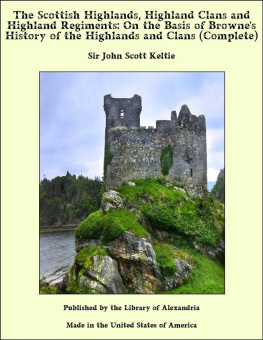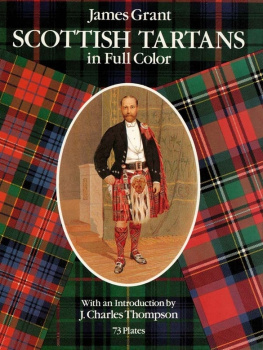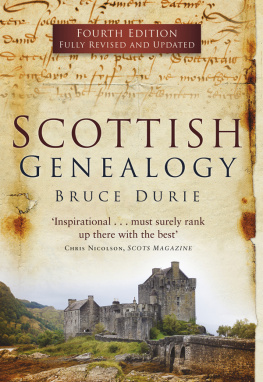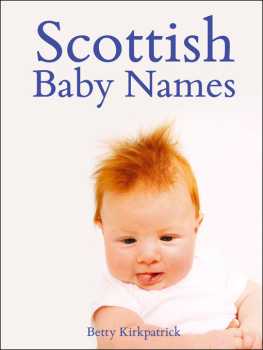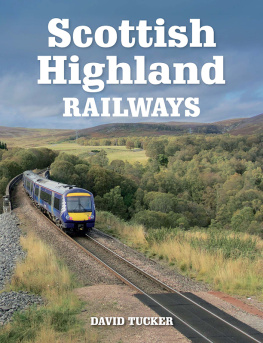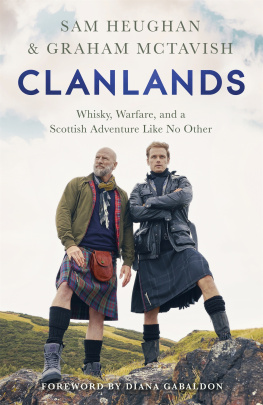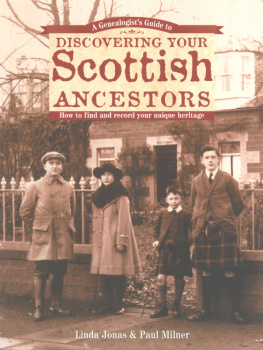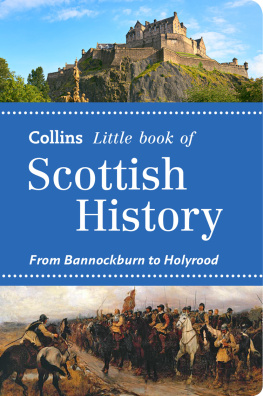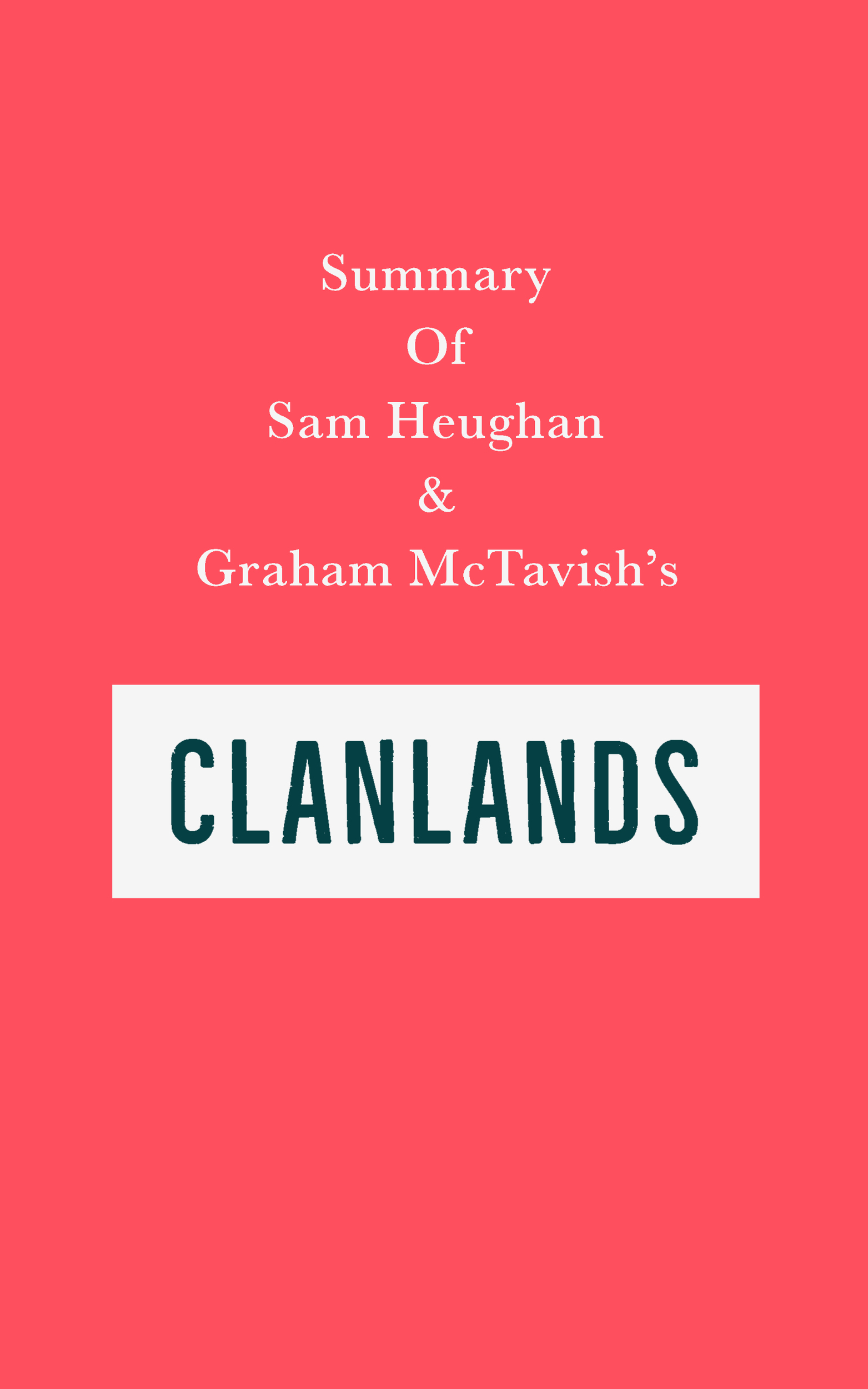Swift Reads
Summary of Heughan and Graham McTavishs Clanlands
First published by Swift Books LLC 2020
Copyright 2020 by Swift Reads
All rights reserved. No part of this publication may be reproduced, stored or transmitted in any form or by any means, electronic, mechanical, photocopying, recording, scanning, or otherwise without written permission from the publisher. It is illegal to copy this book, post it to a website, or distribute it by any other means without permission.
First edition
This book was professionally typeset on Reedsy
Find out more at reedsy.com
#1
Scottish actors Sam Heughan and Graham McTavish set off on a journey together to discover the real Scotland and what it means to be Scottish. Their goal was to learn more about six of the main Highland clans and meet as many interesting people as possible.
#2
Their way into Scottish history was through its clans. There is a saying, Scotland was born fighting, and feuding is something that the Highland clans have turned into an art form. Venetians have their glass, Persians have their rugs, and the Scots have their feuds.
#3
The deep valleys of the Highlands are heart-poundingly beautiful and majestic, but also harsh and inhospitable. The layers of blood, feud, romance, myth, and passion are like the rock of the mountains themselves, grand in scale, ancient, and sometimes overwhelming.
#4
Life is hard in the Highlands. The rock is so hard that its a barrier to drainage. The rain collects in valleys with no subterranean chambers, so moisture lingers on the surface, making the land marshy and treacherous.
#1
Scotch whisky is a huge part of Scottish culture and has been produced around the world for hundreds of years. Before the licensing act of 1780, many Highlanders distilled their own whisky, particularly in northeastern Scotland, due to their proximity to grain-producing farms.
#2
Many farmers supported themselves by selling their whisky. Shared around the hearth, whisky would bond men together as they exchanged stories and banter, just as it does today.
#3
After the first taxes on whisky were introduced in 1644, illicit whisky distilling and smuggling became normal in Scotland for nearly 200 years. The bootleggers were quite sophisticated because there was so much illegal distilling going on.
#4
They created their own portable stills, which were easy to dismantle in minutes, and hid their whisky in caves and coffins or stashed it in a church. The clans united the people behind the smugglers and bootleggers, turning them into heroes of free trade.
#5
Taxes were seen as oppressive by the Scots. They were especially loathsome given they were indirectly imposed by the English. The Act of Union in 1707 created taxes on some goods seven times higher than in England. This VAT remained high throughout the eighteenth century.
#1
In the first century AD, the Romans invaded Scotland. There were many raids and battles until the end of Roman rule, around 383-410, when the Romans finally went home, battered and bankrupt. The Roman Empire had successfully conquered the length and breadth of Europe but never taken Scotland.
#2
The Vikings invaded Scotland on and off between the eighth and fifteenth centuries. The Vikings loved a good fight and they left much of their culture behind in Scotland.
#3
Around the time of the marauding Vikings, the Highland clans were emerging. Clans had more to do with survival in a harsh land full of tumult rather than race or nationality. Members organized themselves around a chieftain, a territorial leader ruling over classless free men of equal rights.
#4
Out of this clan system came warriors quick to attack and savage in close combat. This led men to push themselves as individual champions. Men were encouraged and expected to fight like ferocious animals in battle. They instinctively surged forward, trusting to being lucky rather than canny.
#5
The years 1300 to 1600 were some of the most violent in the Highlands during what became known as the Clan Wars. However, the Highlanders were not complete barbarians. By the fifteenth and sixteenth centuries, many had traveled abroad, were educated, and lavishly furnished their homes.
#6
Scottish knight William Wallace started a revolt against King Edward I of England in 1297. This eventually led to the Battle of Bannockburn in 1314, during which the king of the Scots, Robert the Bruce, defeated the English army, securing Scotland as an independent kingdom.
#1
When defending, Highlanders would stop the point of a sword with their shield and lunge low for an upward thrust into the enemys torso with their sword, held in their other hand. The Highlanders sword of choice was a basket-hilt Highland broadsword. These broadswords were really brutal weapons.
#2
In battle, the Highlanders didnt just go running in with swords. Some would go in with claymores, which are two-handed swords, or battle axes before the line. The whole point of the line and the way the Highlanders fought was about protecting the man next to you.
#3
The Highlanders ran forward in groups of twelve. The famous Highland Charge was all about speed. The Highlanders would dive down to the ground at the return of fire and, while the British were reloading, they would continue thundering forward until they battered through the British lines.
#4
The Charge, however, proved fatal during the Battle of Culloden (1746). The old warrior style of fighting could not contend with modern weapons or British tactics. Approximately 1,500 to 2,000 Highlanders and 300 to 400 British soldiers died in a battle that lasted no more than an hour.
#5
The Highland warriors wore their plaid as a kilt with the extra material tucked in at the sides and back or pinned above the left shoulder. It was often used to carry food, children, and hidden weapons. It was pulled up over the head for shelter or warmth.
#6
Every Scottish isle differs from the others in their making of plaids, using different patterns, measurements, and colors. Kilts were a form of identity.
#1
On February 13, 1692, the MacDonalds were murdered in their beds by the Earl of Argylls Regiment of Foot, a Scottish infantry regiment. The MacDonald clan came to Glencoe in the 1300s after supporting Robert the Bruce. Facing hostile terrain and terrible weather, they were known to steal cattle.
#2
That is also partly why they were set upon at the Glencoe Massacre: they had few friends and had amassed many enemies over the years. Moreover, people who were murdered that night in February 1692 were guilty of many acts of violence across the region.
#3
In late January 1692, 128 soldiers from Argylls Regiment of Foot were assigned temporary accommodation with the MacDonalds. The soldiers spent twelve long days with their hosts, breaking bread together, gambling, drinking, and trading stories by the fire.
#4
What makes the Glencoe Massacre so heinous was that the MacDonalds had no idea that the soldiers in their midst were there to kill them. However, the soldiers had no knowledge of the impending slaughter either.


